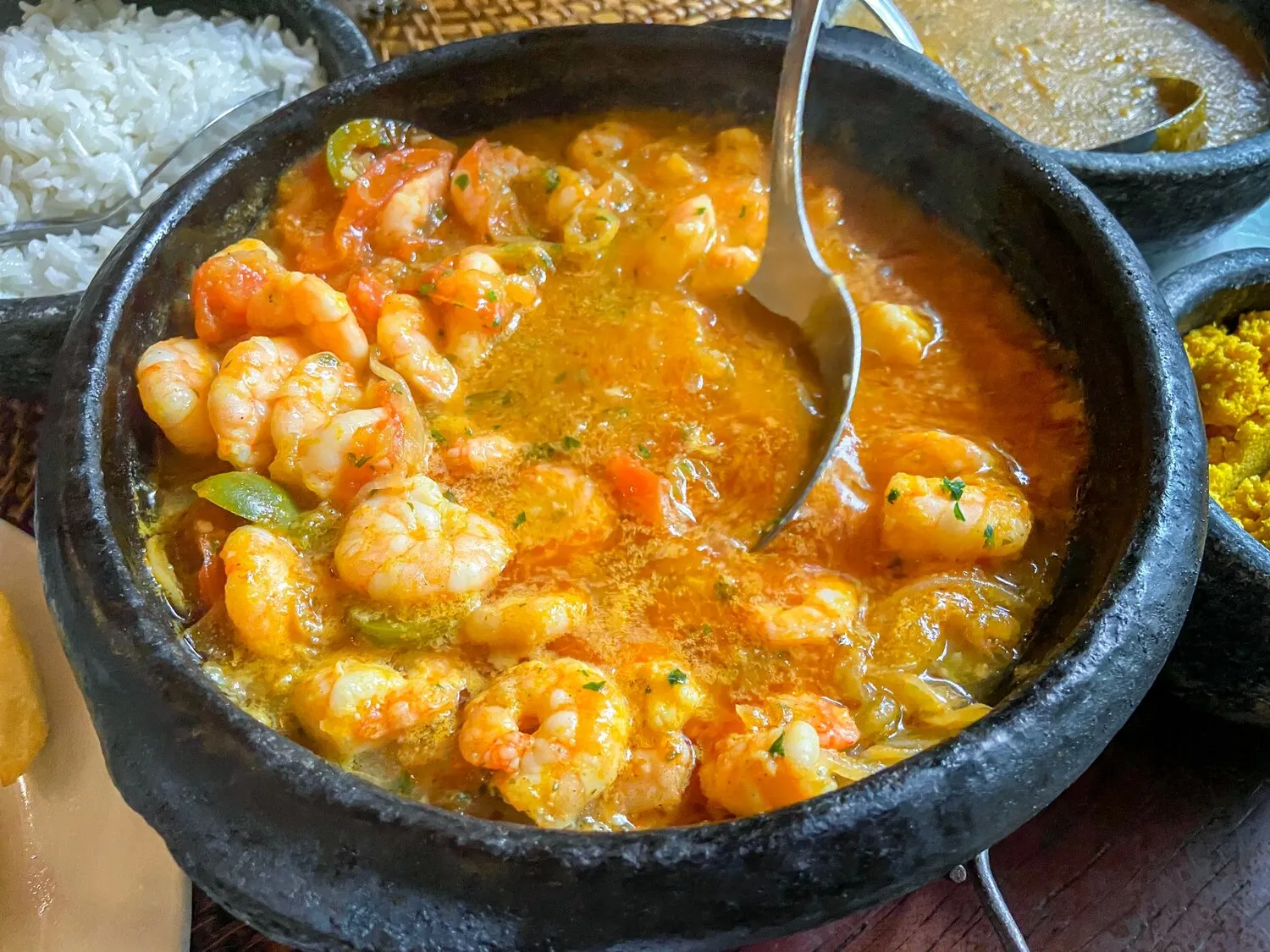
Cioppino
A hearty seafood stew with shrimp, scallops, mussels, calamari, and seasonal fish in a tomato-fennel broth.
Nutrition Facts
* The % Daily Value (DV) tells you how much a nutrient in a serving of food contributes to a daily diet. 2,000 calories a day is used for general nutrition advice.
Cioppino emerged in the late 1800s in the North Beach neighborhood of San Francisco, California. It was created by Italian immigrant fishermen, primarily from Genoa, who would pool the unsold or leftover seafood from their daily catch to create a hearty stew.
Cioppino is deeply tied to the Italian-American culture of San Francisco and represents resourcefulness, community, and the abundance of the Pacific coast.
Fisherman's Wharf Tradition
Cioppino is a staple dish in many restaurants along San Francisco's Fisherman's Wharf, a testament to its origins and connection to the local fishing industry.
Communal Eating
Historically, cioppino was often prepared and shared communally among fishermen and their families, highlighting its role as a dish that fosters community and togetherness.
Celebration of Seafood
The dish celebrates the diverse seafood available along the California coast, showcasing the bounty of the Pacific Ocean.
Cioppino boasts a rich, savory, and slightly tangy flavor profile, driven by a tomato-based broth infused with garlic, herbs, and wine. The seafood provides a delicate sweetness and briny notes.
The broth is typically made with a base of tomato sauce, tomato paste, or crushed tomatoes, often enhanced with dry red wine (such as Cabernet Sauvignon or Zinfandel), garlic, onions, and herbs like oregano, basil, and parsley. The seafood combination varies but usually includes Dungeness crab (if available), shrimp, clams, mussels, scallops, squid, and fish (such as cod or halibut). The broth is simmered until the seafood is cooked through and the flavors meld together.
Freshness is Key
Use the freshest seafood available for the best flavor and texture. If using frozen seafood, thaw it completely before adding it to the stew.
Don't Overcook the Seafood
Add the seafood in stages, starting with those that take longer to cook (like crab and squid) and finishing with the quicker-cooking items (like shrimp and scallops). Overcooked seafood will be rubbery and tough.
Build the Broth
Take your time building the flavor of the broth by sautéing the aromatics (garlic and onions) properly and deglazing the pot with wine to create depth.
Serve with Crusty Bread
Serve cioppino with plenty of crusty bread for soaking up the delicious broth. Sourdough bread is a classic choice in San Francisco.
Explore additional Seafood Stew dishes and restaurants
Explore Seafood StewDiscover top dining spots and culinary experiences in Toledo.
Explore ToledoLearn more about the food culture, restaurant scene, and culinary heritage of United States.
Explore United States